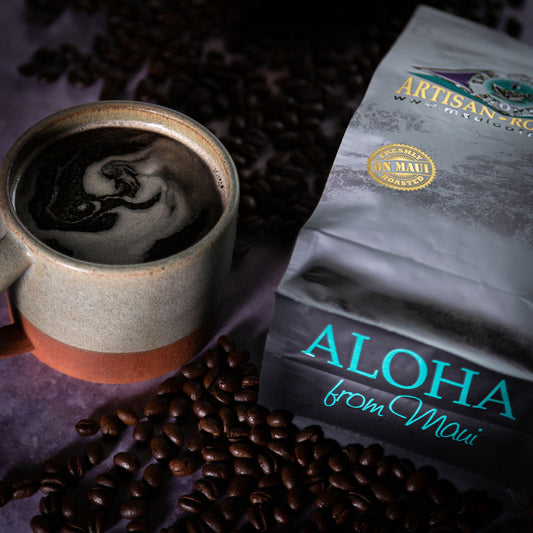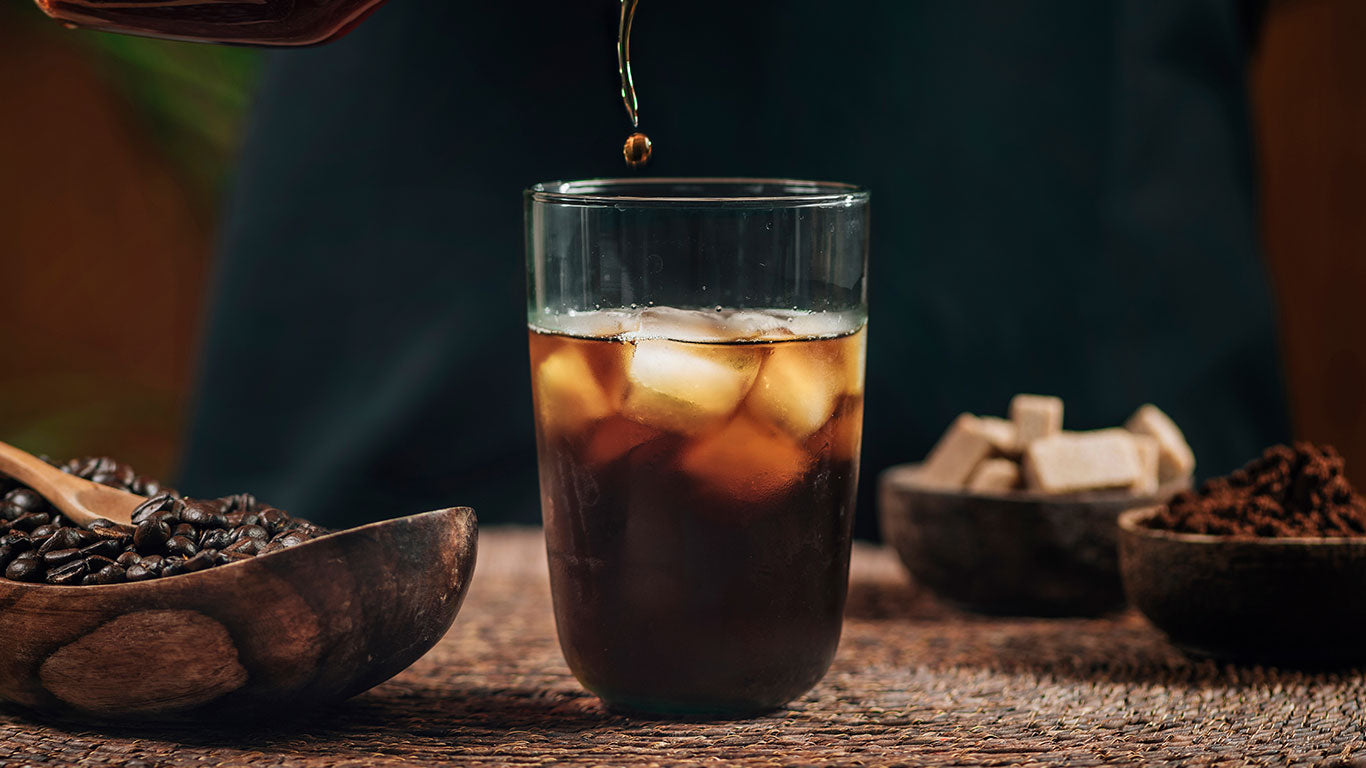Cold Brew is hotter than ever
As recently as ten years ago, most people had never heard of cold brew coffee. If you had tried to order cold brew at your local coffee shop, the barista would probably have given you a strange look and handed you an iced coffee.
Fast forward to today and cold brew is a multi-billion-dollar industry. It's available on tap in nearly every coffee shop, and bottles and cans of ready-to-drink options line the shelves of supermarkets and convenience stores. Roasters are crafting roast profiles to optimize their cold brew offerings. Innovators are developing more efficient extraction systems to keep up with demand.... And consumers are drinking more cold brew than ever! Cold brew consumption has been growing by double digit percentages year after year with no signs of slowing down.
Welcome to the cold brew revolution! Here's what coffee lovers need to know.
What is cold brew?
Most methods of brewing coffee combine hot water with ground coffee to extract the soluble compounds. In contrast, cold brew involves immersing ground coffee in cold or room temperature water, then straining out the grounds. Because this extraction occurs much more slowly than a hot water extraction, cold brew needs to steep for a longer period of time. A typical immersion lasts from 8-24 hours.
This method of brewing coffee is very versatile. It can yield a ready-to-drink brew that can be served hot or cold. Or, it can yield a concentrate that can be diluted with water, milk or plant-based alternatives to suit the taste of the drinker. Cold brew is not a drink per se. Rather it is a brewing method - one that can really broaden the horizons for coffee professionals and home baristas alike!

Cold brew tastes different than hot water brewing methods
Cold brew coffee is delicious, with flavor qualities that distinguish it from other brew methods. It is low in acid, rich in body, and often tastes sweeter than hot water brews. Certain 'darker' flavor notes like chocolate and smokiness are enhanced, while certain 'brighter' notes like fruity and floral tones are muted. For such a full flavor coffee, there is remarkably little bitterness. Overall, it makes for an exceedingly smooth cup.
Caffeine
Cold brew is a very effective method for caffeine extraction. Coupled with the low acidity, cold brew is a wonderful way to enjoy a pick-me-up without an unsettled stomach. Many coffee lovers with sensitive systems choose cold brew and report less jitters and less digestive upset. Cold brew concentrates can be diluted to any preference, so savvy drinkers can get the perfect dose of caffeine - and perfect flavor - for their taste.

Cold brew at home
Cold brew is easy to make and convenient to keep on hand in your refrigerator. Here are the key steps:
Start with great coffee
More on this below... Plan to use 8oz of coffee and 1.5 quarts of filtered water for a concentrate that can be diluted with an equal amount of water.

Grind it coarse
If you don't have a quality burr grinder, it's fine to order pre-ground coffee as long as it's coarse. In fact, you'll actually get a better extraction if the coffee isn't freshly-ground. Consider off-gassing freshly-ground coffee for a few hours before starting your cold brew.

Combine the grounds and the water
Any pitcher, jar, or bucket will do. Just remember that you will need to strain out the grounds at the end. A French Press makes the process easy, as does this countertop cold brew maker from OXO.

Stir
Coffee, especially fresh-ground coffee, can repel water. Make sure to stir the water and grounds well. Then do it again after 10 minutes.

Steep
Let it sit overnight. Try 8 hours for a brighter extraction that requires less dilution. Try up to 24 hours for a richer flavor and fuller body. Feel free to experiment, but don't worry, you won't mess it up!

Strain
A paper or metal filter works well, as does a few layers of cheese cloth. The grounds make excellent fodder for garden compost.

Enjoy!
Dilute the concentrate to your taste - 1:1 with fresh water is a good ratio to try first. Store your concentrate in a closed container in the fridge for up to two weeks.

Choosing the best coffee
Any coffee you love will make cold brew that you will enjoy. Some afficionados recommend lighter roasts because they make for more efficient extractions. Others favor darker roasts because you can get all that body and richness without the usual harsh/bitter tones. At The Coffee Store, we like it dark, and our go-to cold brew coffee is our Espresso Roast.
Nitro
You've probably seen a barista in your local coffee shop pulling 'nitro cold brew' from what looks like a beer tap. This is a process where compressed nitrogen bubbles are infused into the cold brew. It's very similar to how a pint of stout might be poured, right down to that iconic cascade of bubbles. The bubbles give nitro cold brew a thick, velvety texture. For a hearty, creamy coffee without any dairy, this preparation is definitely worth a try!
Cold brew everywhere!
There's already a cold brew option in almost every drink case and coffee shop. As ready-to-drink coffee continues to gain market share and younger coffee drinkers bring new sensibilities into the coffee-drinking population, we expect cold brew to continue to broaden its reach. Don't let its trendiness fool you into thinking you need an expert to make it for you - cold brew is as easy to make - as low-tech - as can be. Whether you use an expensive nitrogen infuser or just a jar on your kitchen counter, cold brew is a treat that's as accessible as it is delicious!






